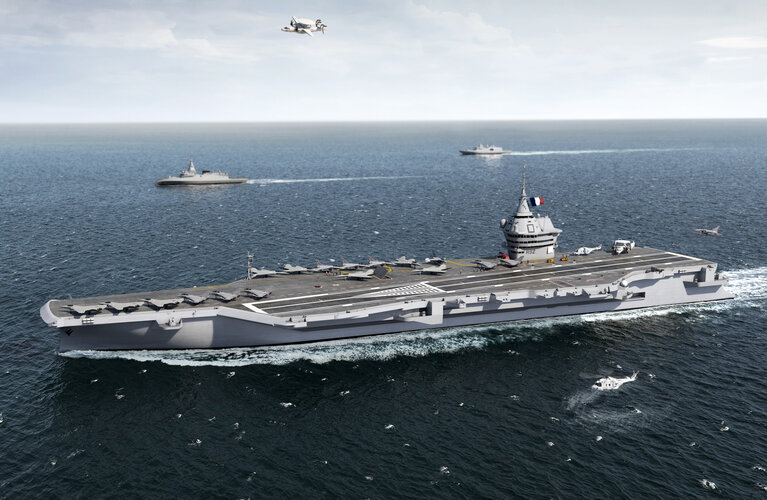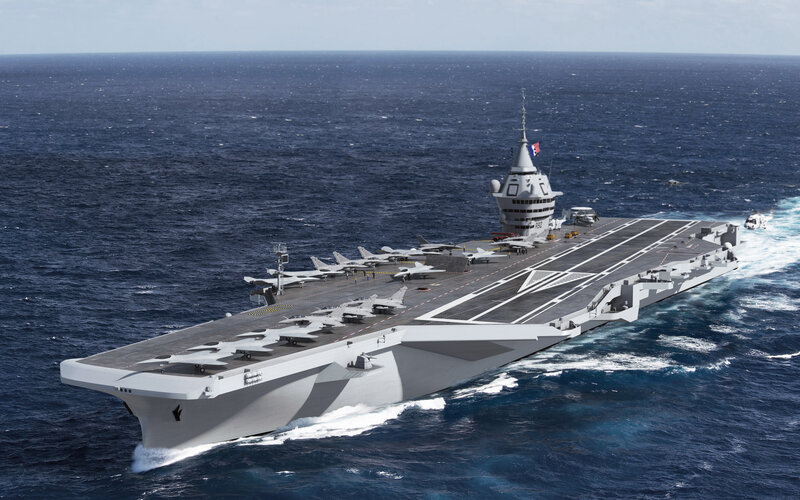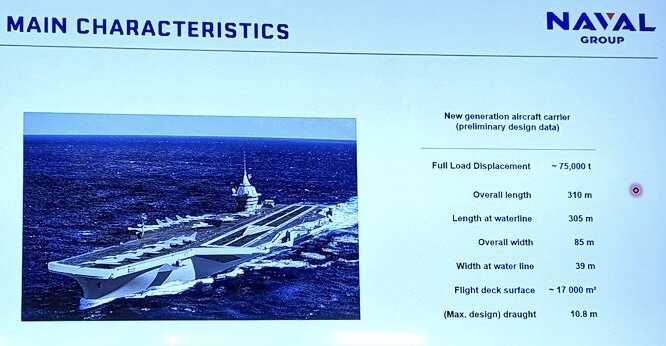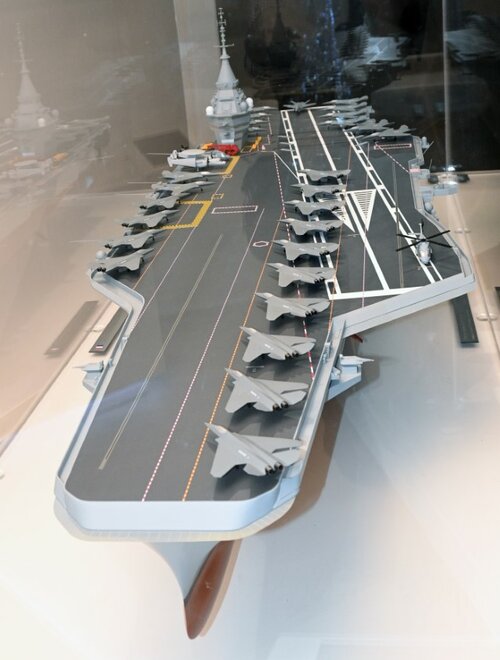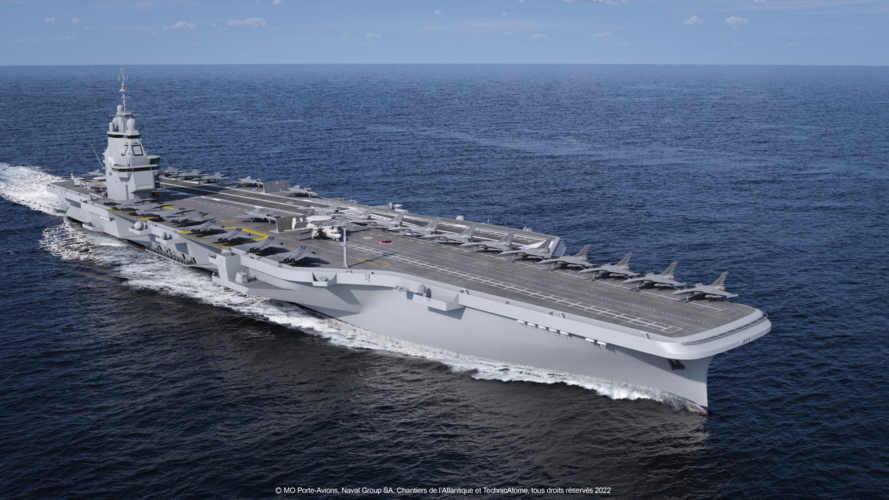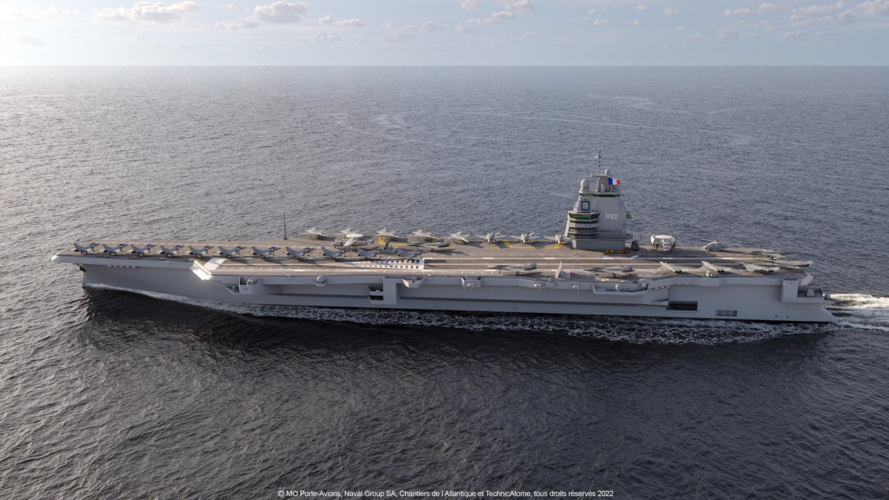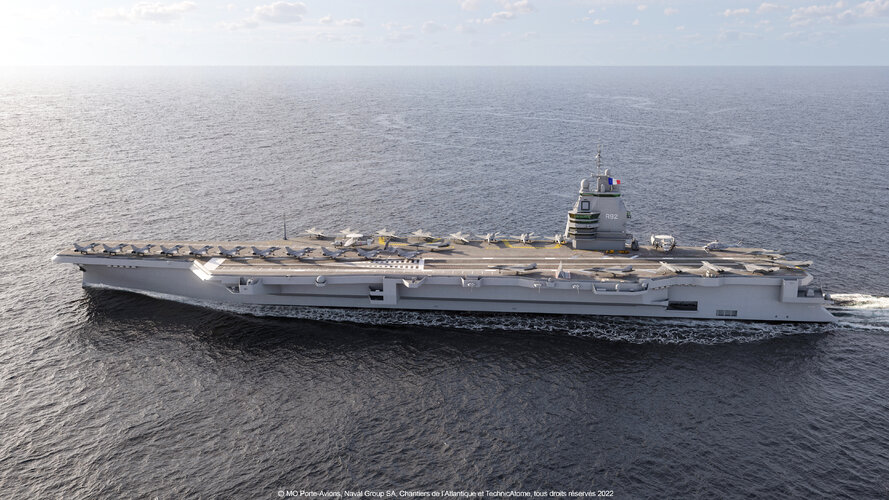Here's hoping they'll make two but they probably won't.
I hope that the US Navy order more, but you can never know for sure.
What? I was talking about PA NG replacing CdG.
One carrier is enough for like...8 months of immediate availability every 2 years or so lol, which is about what CdG manages. France isn't exactly a high seas naval power so this is adequate for its purposes, but this isn't great for defending the Pacific holdings. Two nuclear carriers is adequate for round the clock availability at 30 days notice for 2-year cycles.
Three carriers will cover every 5-year cycle of refueling for the carriers, assuming their maintenance schedules resemble the R91, and be available on relatively short notice for a major war in the Pacific. However it seems France can only afford one carrier, so it really shouldn't have any if it's intent on husbanding resources for more available systems like A-400M-borne airmobile brigades, but I guess they're some kind of industrial subsidy or something.
I guess that assumes France has any interest in retaining either its Pacific holdings, or assisting America in that regard, though. Which itself is somewhat of an open question, although they seem to be getting closer to the Quad, it just isn't clear what they can actually bring to the table besides "more nukes" which isn't something the Quad really needs tbh. They have some Rafales? A couple airmobile brigades? These aren't great benefits when we're talking about the largest conventional ground force (and growing) in the world (India) and the largest, but shrinking, naval power in the world (USA) opposing the second largest ground force (and growing) and second largest Pacific naval force (and growing).
USA needs ships in the sea not boots on the ground and France is well positioned to provide more ships if they want to, just like Japan is willing to throw in something more SSKs by the 40's. Unfortunately, France might only have CdG and PA NG (or just the latter) at that point.
If they get more nuclear subs, maybe four or six or eight or so in the next 20 years (basically doubling the Suffrens would be nice), they can help shore up the submarine cliff that's gonna clap America's nautical cheeks sometime in 2042 and is only getting worse. That would also be a tangible benefit.
If they had two, or better three, nuclear carriers akin to PA NG the French would actually be able to shore up American surface naval power in the Indo-Pacific and potentially release a US supercarrier for combat operations in the South Pacific, but there's an open question whether carriers are useful in a potential US-PRC conflict in the Pacific since they would require strategic attacks on the 2nd Artillery Corps by the USAF to operate anywhere near the SCS to begin with.
It's not required, and subs would probably be more useful, but it would be nice in any case and is the topic of the thread.


